Jewish Legacy
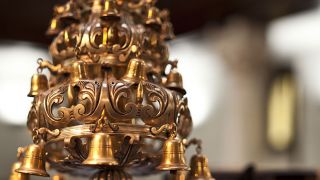
Don't miss
- discover in the Lisbon Archaelogical Museum the Stone of Monchique, an inscription in Hebrew from the Monchique Jewry in Porto.
- visit the Isaac Cardoso Jewish Interpretation Centre in Trancoso
- visit the the Abraão Zacuto Portuguese-Hebrew Museum in Tomar, where there is a 1307 memorial stone evoking the foundation of the Great Synagogue of Lisbon
- discover in the Évora Museum the mid-16th century chest (coffer) and Table of the Court of the Inquisition
- in Faro, visit the Isaac Bitton Museum, where there are life-size depictions of a Bar Mitzvah (the coming of age ritual for a 13-year old boy) and a Wedding
Set out on a journey of discovery through towns, cities and villages, of a heritage rich in memories evoking the Jewish presence in Portugal.
Although there are some earlier references, it was between the 5th and 15th centuries that the Sephardic Jewish community, or Iberian Peninsula Jews, settled in the territory that is now Portugal contributing in the most diverse ways to Portuguese culture. Protected by the Kings, many of its members, amongst whom were philosophers, humanists, scientists and merchants, but also more common tradesmen, such as cobblers, tailors and weavers, participated actively in various significant moments of Portuguese history, in particular the foundation of Portuguese nationality and the settlement of the land, and later contributed financially and scientifically to the Age of the Discoveries. An important figure was the great 16th century mathematician and cosmographer, Pedro Nunes, who invented the nonius, a navigational aid.
In 1496, the Edict of Expulsion of the Jews from Portugal obliged them to convert to Catholicism and become New Christians. Many left the country, but many others remained and secretly kept their faith, forming the so-called marranos or crypto-Jews. The symbolic marks and inscriptions of those times can still be seen carved in the houses of former Jewish quarters, whose traces survive in places like Trancoso, Belmonte, Guarda and Castelo de Vide.
Rua Nova (New Street), Rua Direita (Straight Street), Rua da Estrela (Star Street) or Espinosa are examples of names which indicate the former existence of a Jewish quarter. If you look at the houses, you will see a large door on the ground floor giving access to the store and a narrower one to enter the residence, located on the upper floor. They demonstrate the importance given by the Jews to trade. In some you can still see the slot for the “Mezuzah” (a parchment with words from the Torah, which according to Jewish faith should be placed on the right hand side of the doorframe).
One of the first printed works in the country was an edition of the Pentateuch, by Samuel Gacon, published in 1487 in Faro. Today there are several museums focusing on the Jewish presence in Portugal, such as in Castelo de Vide, Belmonte, Faro and Tomar, the latter housed in a 15th century former synagogue. It is also quite easy to discover the history of Portuguese Jews by following the Jewry Route, a testimony to the encounter between peoples and cultures, which we are proud to preserve.
In their Diaspora, the Jews also disseminated the Portuguese language and culture. During World War II, Portugal welcomed many thousands of Jews escaping Nazi persecution. Their existence has been legal in Portugal since 1912, and today the Jewish community has synagogues in Lisbon, Porto, Trancoso and Belmonte.
Get more information on places to visit in Portugal related to the Sephardic Jewish Heritage at www.pathsoffaith.com.


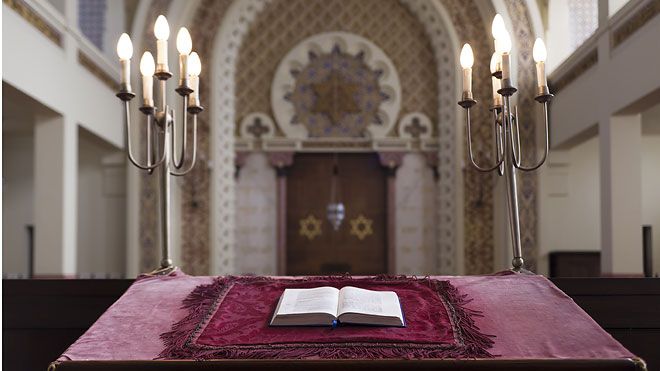





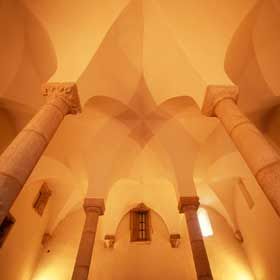

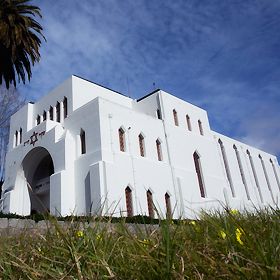

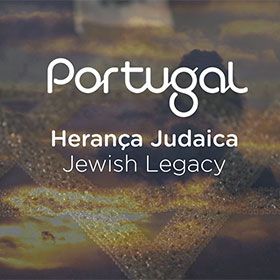
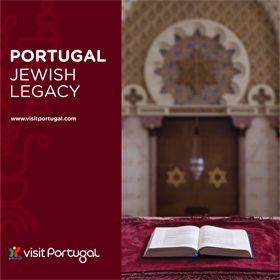
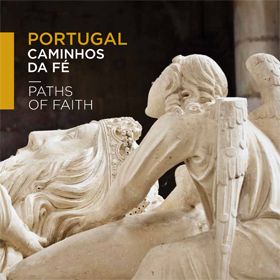


 Explore
Explore 
 Remember and Share
Remember and Share 


